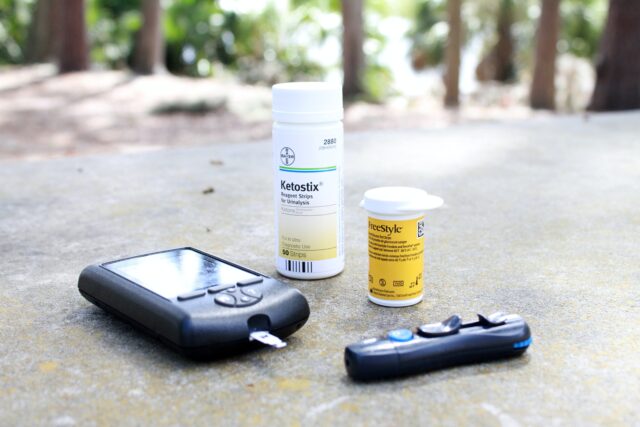Type 2 diabetes is a chronic, progressive metabolic disorder that affects many individuals. It is characterized by hyperglycemia, or elevated blood sugar levels, as a result of the body’s inability to regulate glucose levels. It is important to understand the pathophysiology of type 2 diabetes in order to better manage the condition and its associated complications. This article provides a deep dive into the pathophysiology of type 2 diabetes, exploring the underlying causes, treatments, and interventions.
Introduction to Type 2 Diabetes
Type 2 diabetes is a chronic metabolic disorder that is characterized by hyperglycemia, or elevated blood sugar levels. It is caused by the body’s inability to regulate glucose levels, resulting in increased glucose levels in the bloodstream. Type 2 diabetes is the most common form of diabetes, accounting for 90-95% of all cases of diabetes worldwide. It is a progressive disorder, meaning that it tends to worsen over time if left untreated.
Examining Pathophysiology of Type 2 Diabetes
Type 2 diabetes is caused by a combination of genetic and environmental factors. Genetics play a role in determining the body’s ability to produce and use insulin, while environmental factors such as diet, lack of exercise, and obesity can all contribute to the development of type 2 diabetes. It is also associated with a number of metabolic abnormalities, such as insulin resistance, impaired glucose tolerance, and reduced beta-cell function. These metabolic abnormalities lead to an inability of the body to regulate glucose levels, resulting in elevated blood sugar levels.
Exploring Treatments and Interventions
The primary goal of treatment for type 2 diabetes is to reduce blood sugar levels and prevent long-term complications. This is usually accomplished through lifestyle modifications, such as improved diet and increased physical activity, as well as medications such as insulin and oral hypoglycemic agents. In some cases, additional interventions such as bariatric surgery may be recommended to help manage the condition. Additionally, regular monitoring of blood sugar levels and regular medical checkups are important to ensure that the condition is being managed properly.
Understanding the pathophysiology of type 2 diabetes is essential for effective management of the condition. By exploring the underlying causes, treatments, and interventions, individuals with type 2 diabetes can gain a better understanding of the condition and how to best manage it. With the right approach, individuals can successfully manage their type 2 diabetes and reduce the risk of long-term complications.

